6 Ways to improve your bass
The bass end of your mix is key to holding everything together and also moving your song along. But bass can also be a difficult beast to tame. We’ve got six essential ways to tune your low end and keep your deep drones in check… The bass end of your mix is the very backbone […]
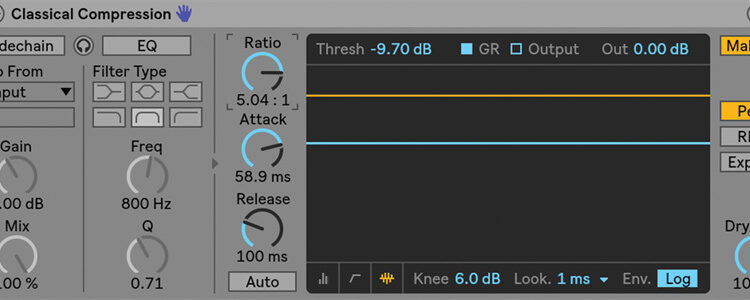
The bass end of your mix is key to holding everything together and also moving your song along. But bass can also be a difficult beast to tame. We’ve got six essential ways to tune your low end and keep your deep drones in check…
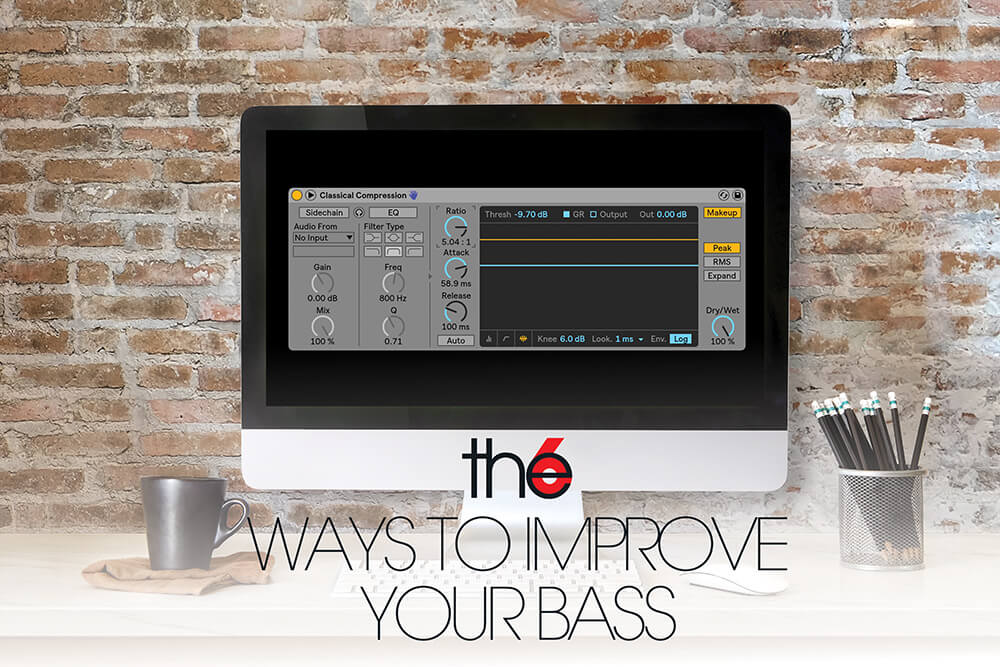
The bass end of your mix is the very backbone of music. It holds everything together like a building’s foundation – if you mix your cement correctly and have your steel joists inserted then your musical house will sound extraordinary. We’ll ditch that analogy now, but the bottom end is important, OK? The best way to better bass is to get a decent set of monitors so you can hear and control it, but as we’ve covered monitoring a lot in recent issues we’ll focus on the less expensive alternatives and what you can do in your mixing to tighten up your lows. Here are our six best ways to keep your bass end in check…
1. Compression basics

Compression is your friend, it really is. If you have an uneven bassline in terms of volume then a compressor can smooth it out, but also, with clever use of attack time settings, a compressor can give you extra bite – always a good thing in a bass sound. Compressors are, on one level at least, basically devices to control how your volume operates.
You set a threshold to determine the level at which you want to keep your bass and then a ratio of how much you reduce the sound if it tips over this point. That’s your evenness sorted. The attack and release times determine how quickly this happens.
Use a fast attack and slow release for a smoother feel and a medium attack for a punchier feel. These are general guidelines as it will vary according to your bass sound, but try attack and release times of between 50 and 150 with a ratio of 4 or 5:1 for a more punchy effect. The key is to experiment and expect subtle results that pay off within a mix.
2. Your kick v bass
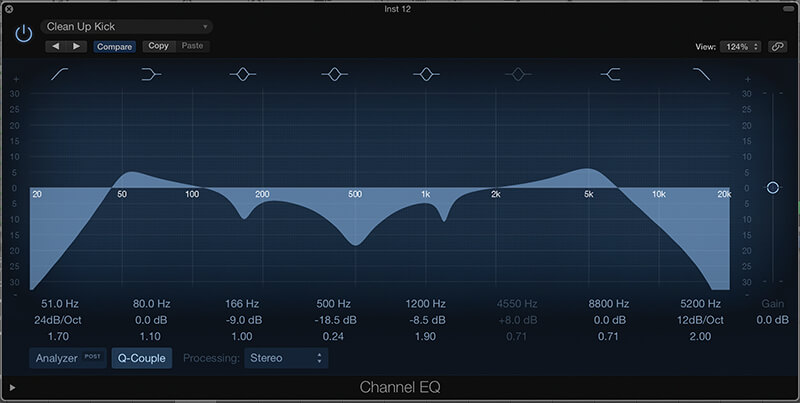
If you make music that relies on both a bass and a kick – any kind of dance or pop, really – then you’ll find that the drum and bass can clash. That’s because they’ll be operating in similar frequencies and are probably centralised in your stereo spread. Keeping them apart in the arrangement to avoid this scenario is one option but obviously not a very flexible one.
A better one is to grab the surgical knife and go for the EQ jugular. Use a spectrum analyser to see where the kick and bass’s individual frequencies cross over and scoop out one to take it away from the other. You might find that each sounds weaker when soloed, but they’ll sit better against one another in the mix and that’s what it’s all about.
3. Filter fun
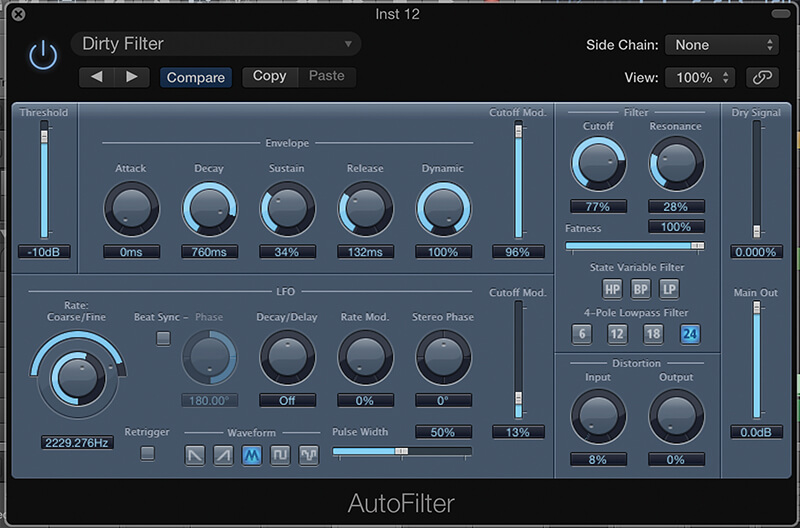
Acid house was – and still is, such is its longevity – all about the filtered bass. Dial up the frequency and the resonance and you have a squealing bassline that pumps many a heart rate. This is still a great effect to use today for added bass interest, although you might want to tie it to an LFO for more flexible fun – a slow rate will give you dirty dubstep while a faster rate will give you big (and quick) variation on every note. Of course if you are after a deep techno, unmoving bass then leave all of these options well alone…
4. Layer basses and kicks
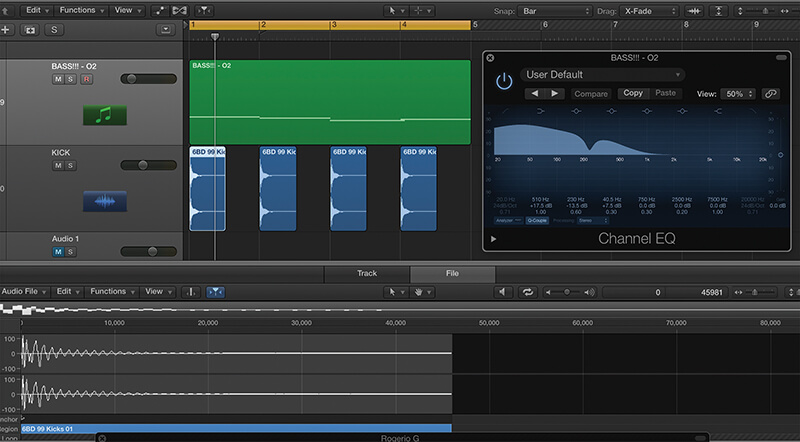
Having advised you to keep your bass and kick apart, now it’s time to suggest putting them together! That’s not strictly true, but one great way to achieve the perfect kick – kickmageddon, if you will – is to layer a clippy top end kick with a subby sine wave bass. You’re creating one sound out of two. Similarly don’t be afraid to bolster a weaker bass sound with another one to beef it up. However, you might still need to use the principles of tip 2 to EQ them apart so you can blend them well.
5. It’s not all about the bass
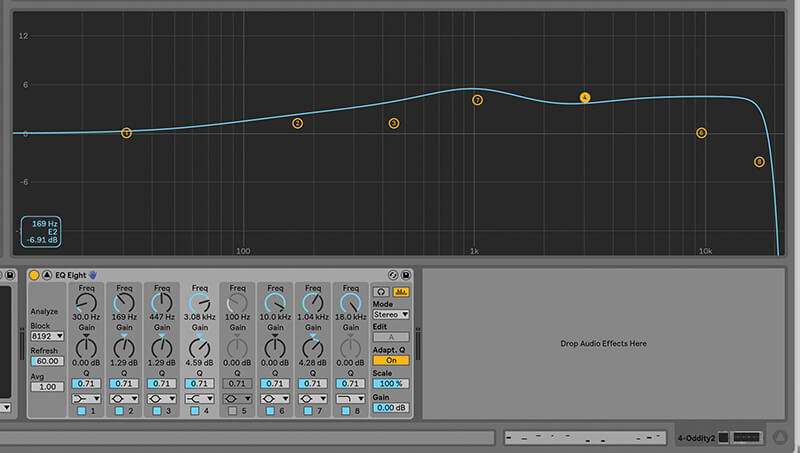
You’d think that when using EQ with a bass sound, it would be all about boosting the bottom end to give it more impact. Actually this is not usually the case. Unless you are using a very focussed sub bass, most bass sounds cover a much wider range of the frequency spectrum, so adjusting EQ across this range can have a dramatic effect. Boosting up to 1kHz will give you more attitude and mid-range definition, while nudging up between 3-6kHz can give you more attacking punch. Experiment, but don’t overdo it as you can quickly alter a bass sound character beyond recognition.
6. Programming bass-ics
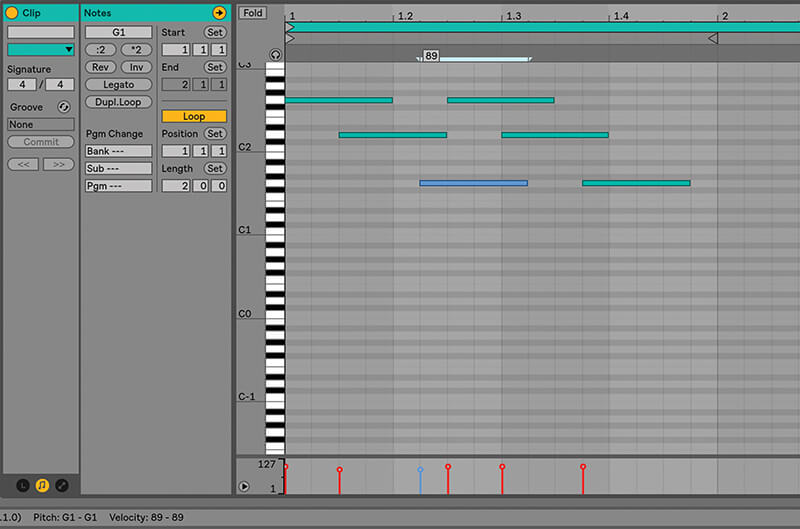
Of course the programming of a bass sound is vital to how it ultimately provides a backbone. Some dance music demands rigid, identical bass sounds but for a more live feel choose a bass sound that responds differently with velocity changes and program them accordingly. Different genres therefore demand different bass programming techniques so remember, the bass is not just about… the bass.